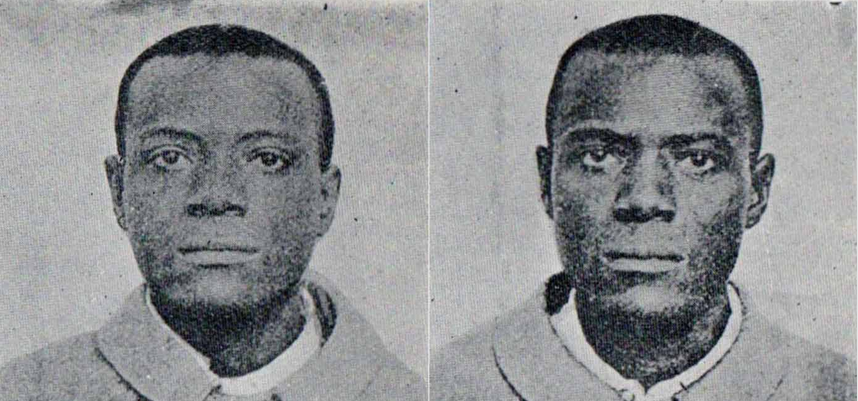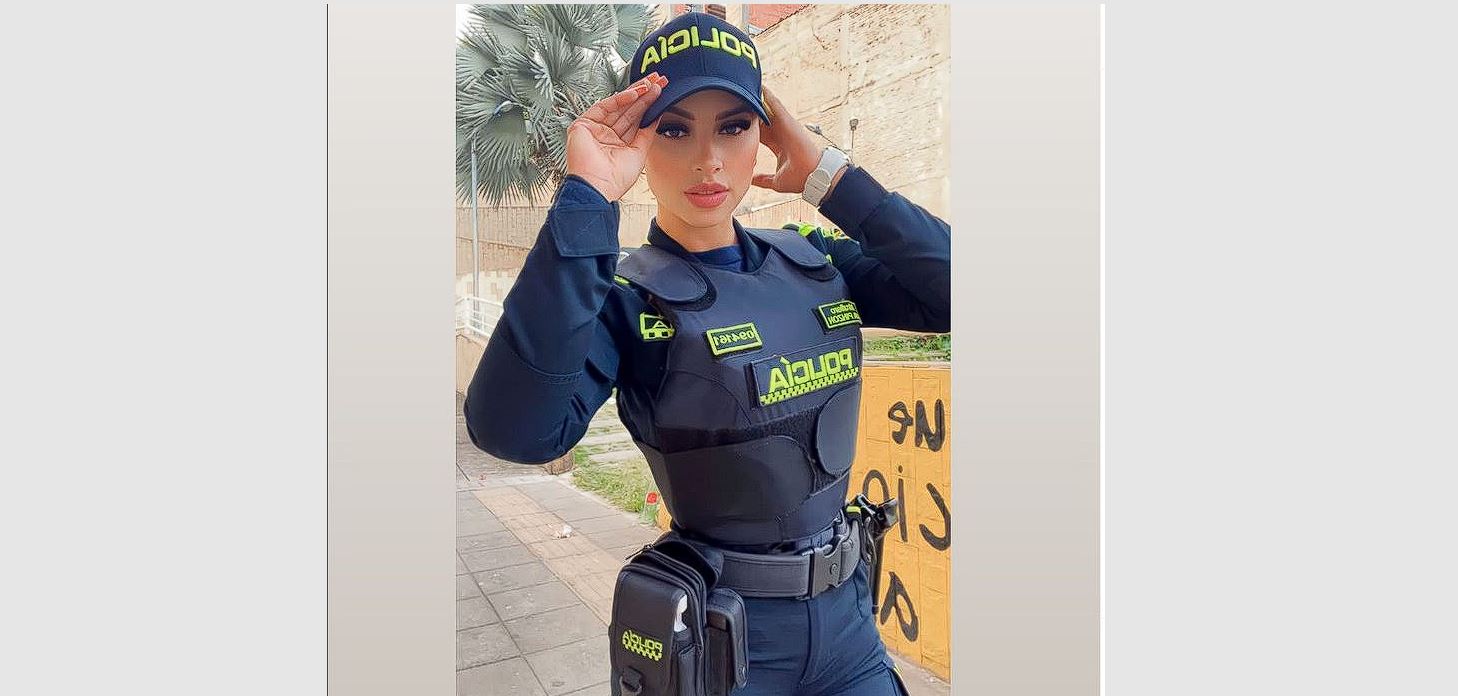On May 1, 1903, an African-American man named Will West entered the United States Penitentiary at Leavenworth. Like any other new prisoner, West was subjected to the standard admission procedure: prison clerks took photographs, a physical description, and eleven anthropometric measurements.
Using West’s measurements and description, identification clerks matched him to the record of William West, who had a previous conviction for murder. Not surprisingly, in the clerks’ view, West denied that he was this man.
The discovery of Will West’s past conviction must have seemed routine to the Leavenworth clerks: once again, the world-famous Bertillon system of identification had prevented a criminal from escaping his past. Once again, science had exposed a criminal’s lies and evasions.
This incident suddenly deviated from the usual, however, when the clerks discovered to their amazement that this same William West was already incarcerated at Leavenworth!
These are the most expensive shoes in the world – Which ones cost $20 million! (photos)
According to authors Harris Hawthorne Wilder and Bert Wentworth (1918): “From the Bertillon measurements thus obtained, [the record keeper] went to the file, and returned with the card the measurements called for, properly filled out…and bearing the name, “William West.” This card was shown to the prisoner, who grinned in amazement, and said,
“That’s my picture, but I don’t know where you got it, for I know I have never been here before.” The record clerk turned the card over, and read the particulars there given, including the statements that this man was already a prisoner at the same institution, having been committed to a life sentence on September 9, 1901, for the crime of murder.
Read more: Rare Historical Photos



































